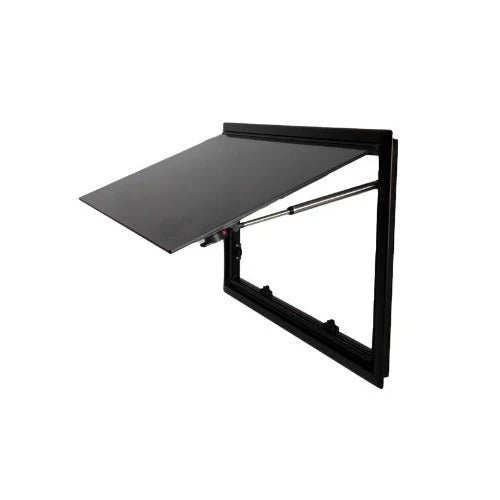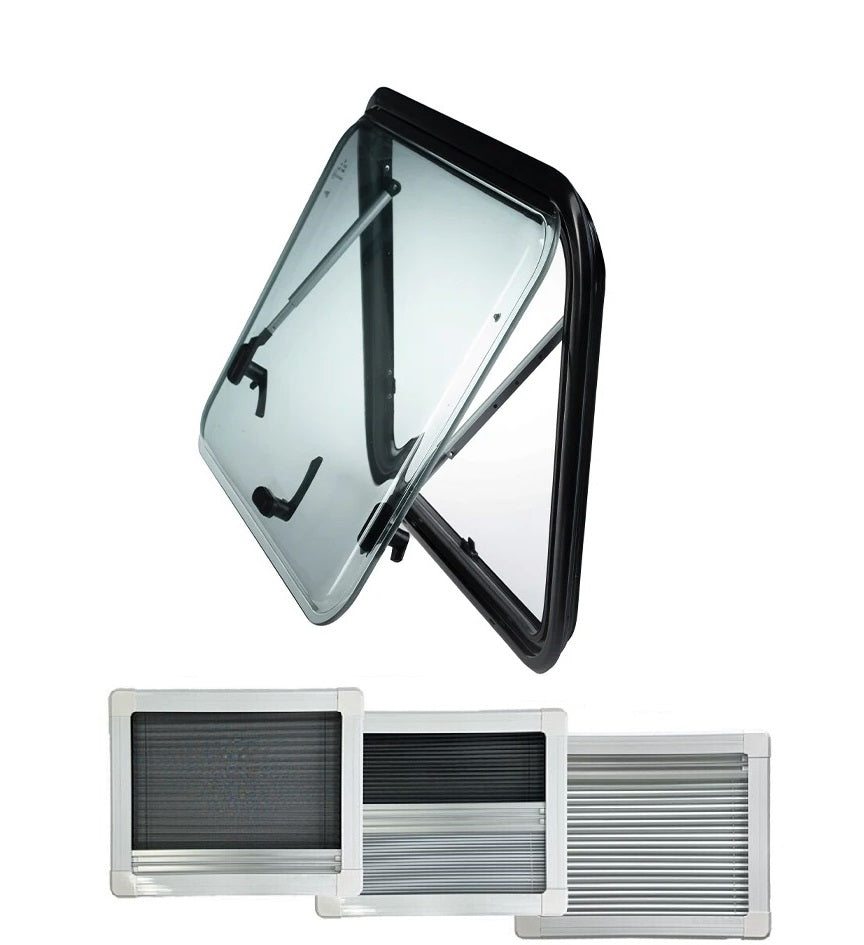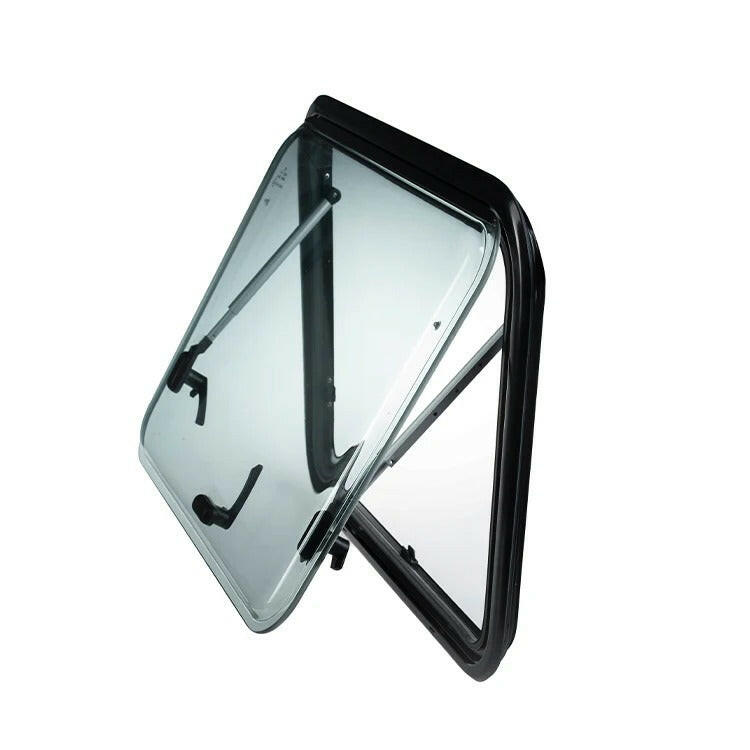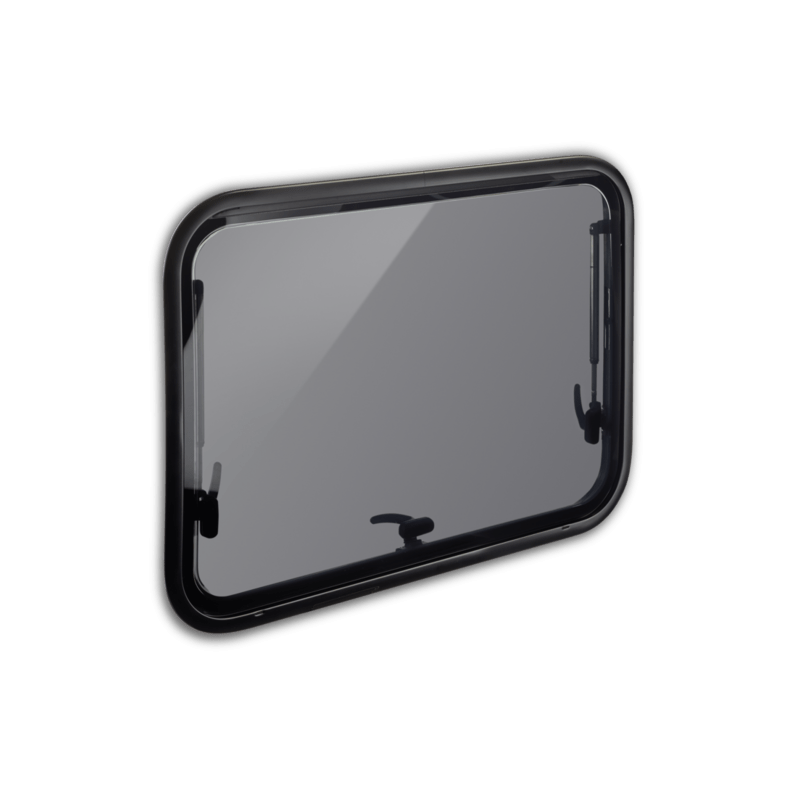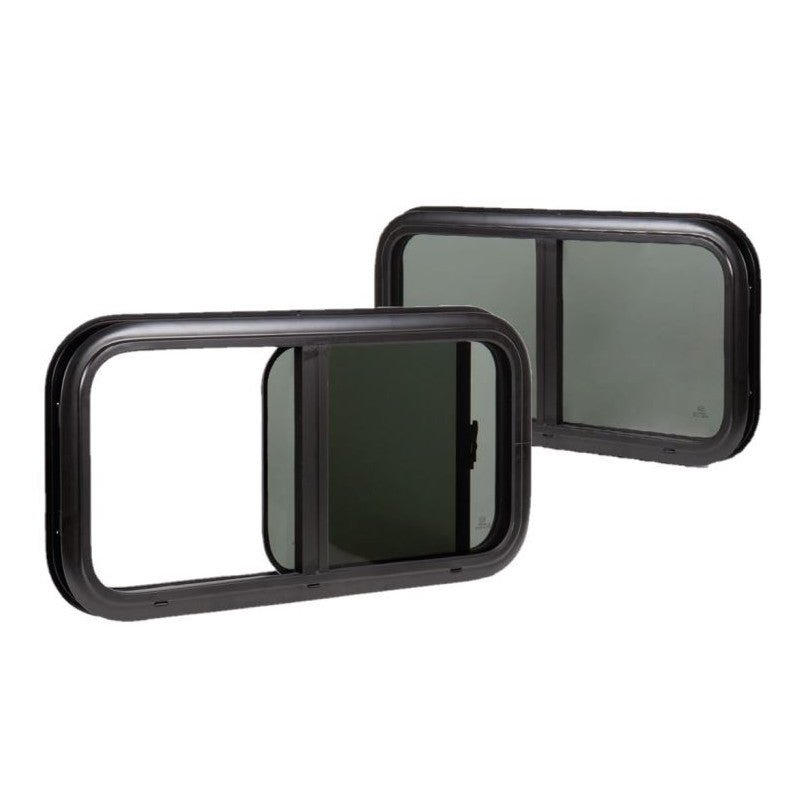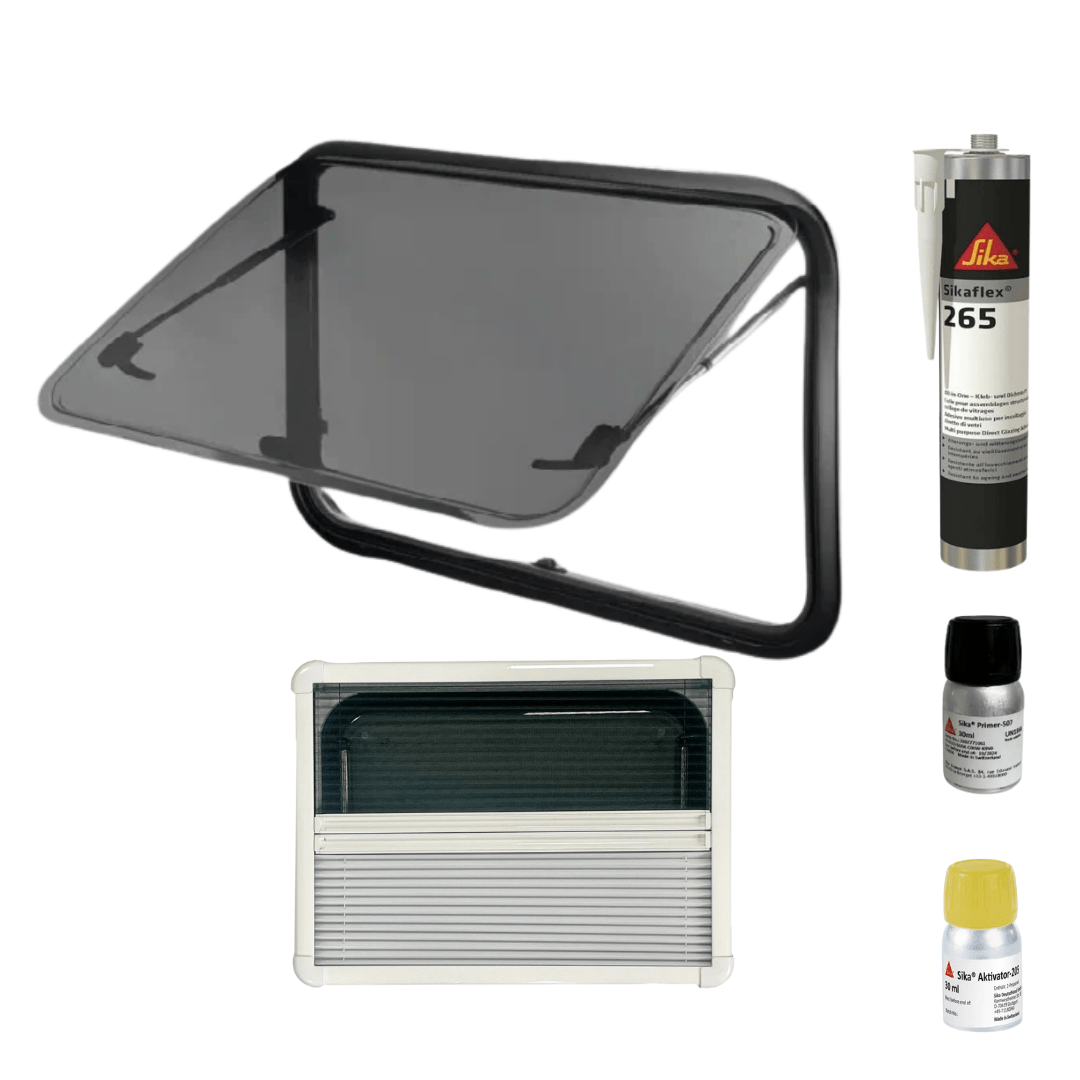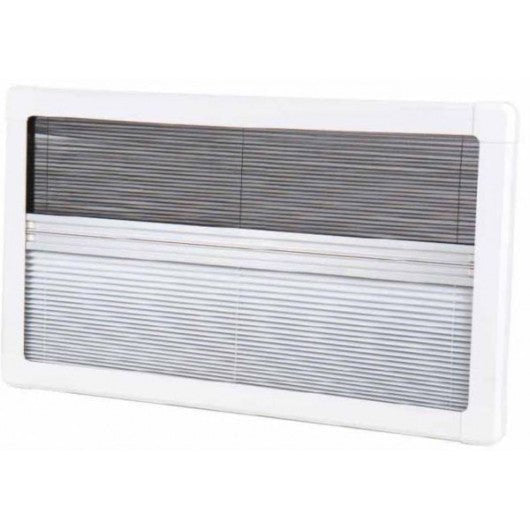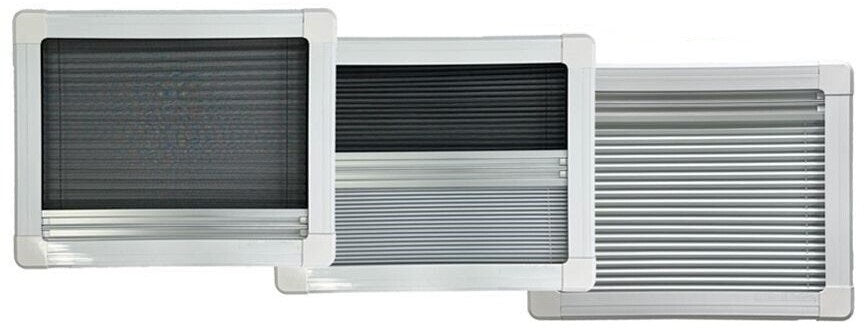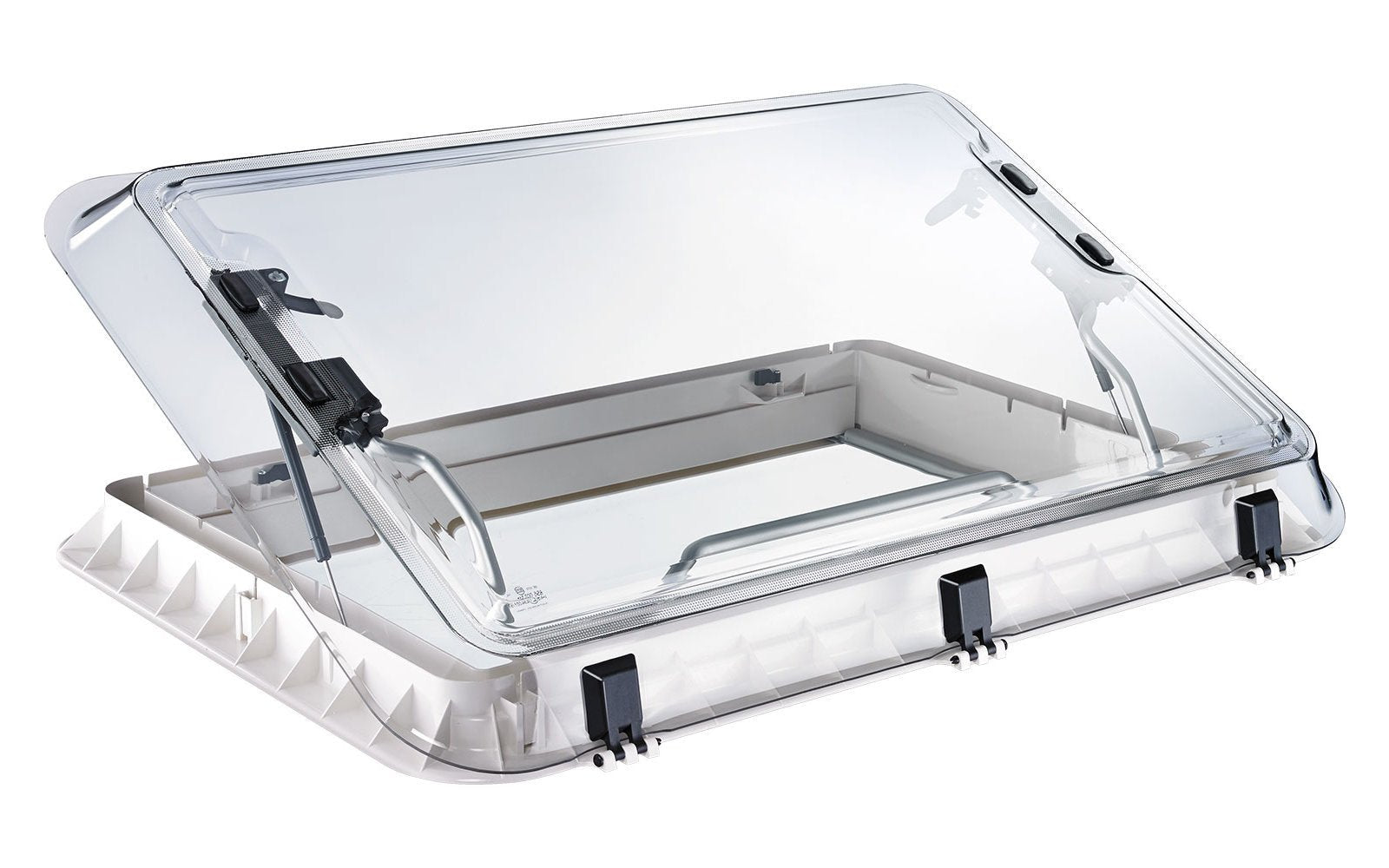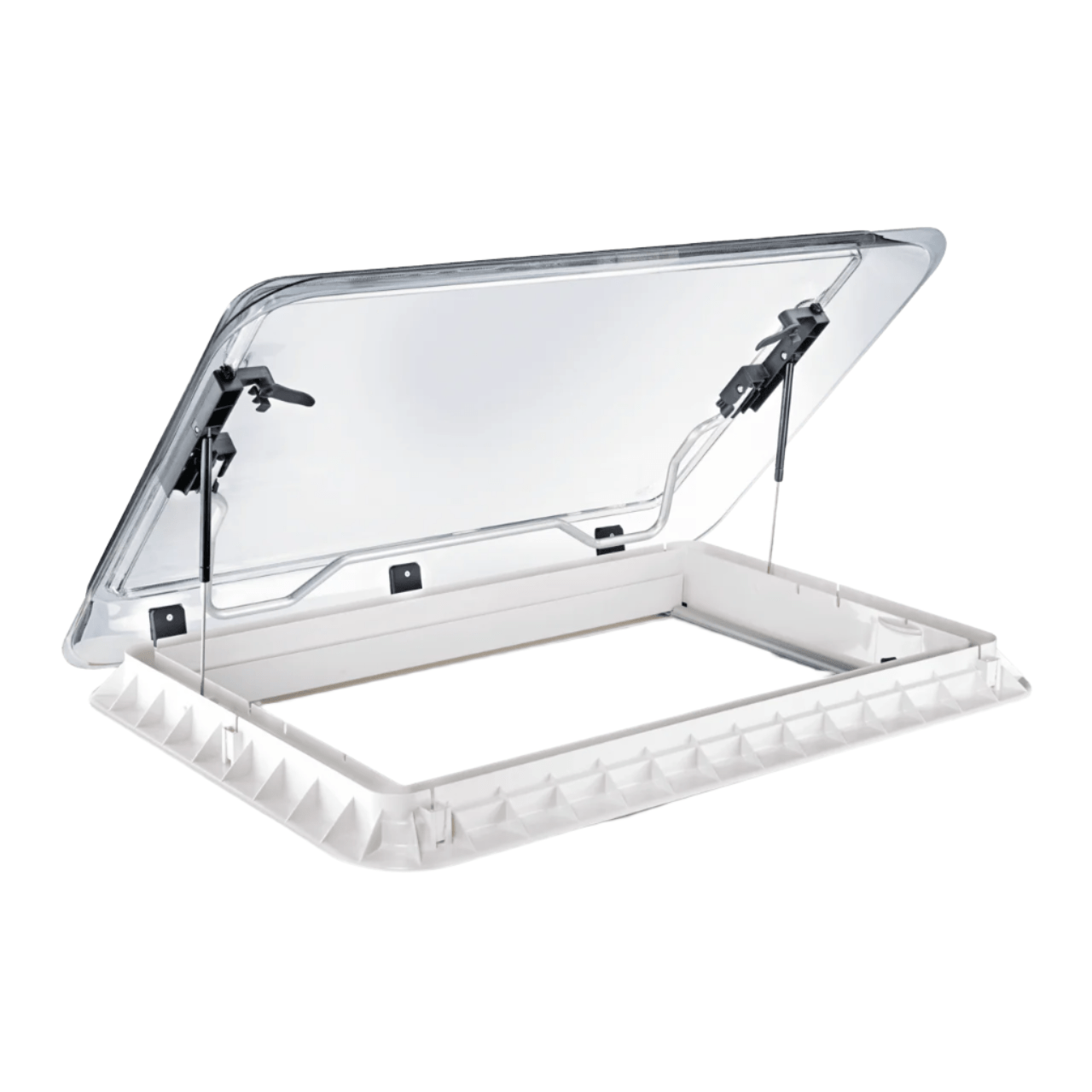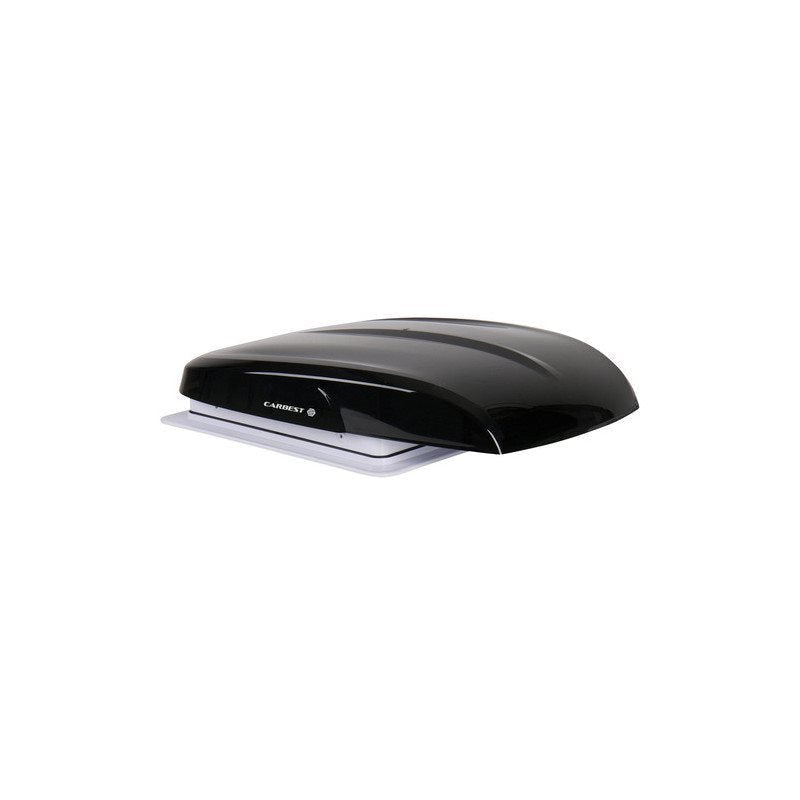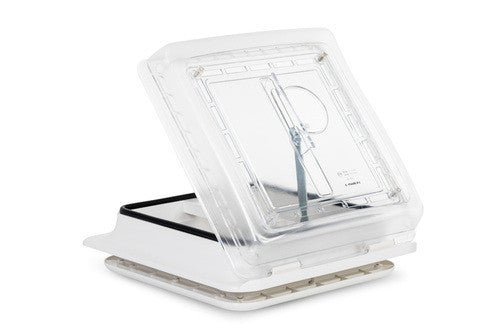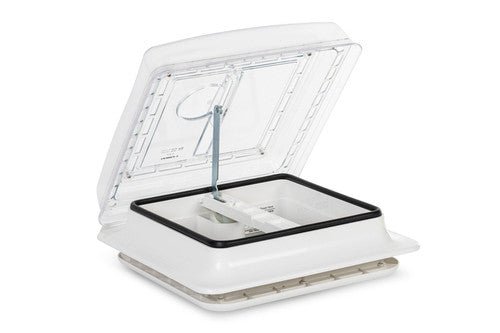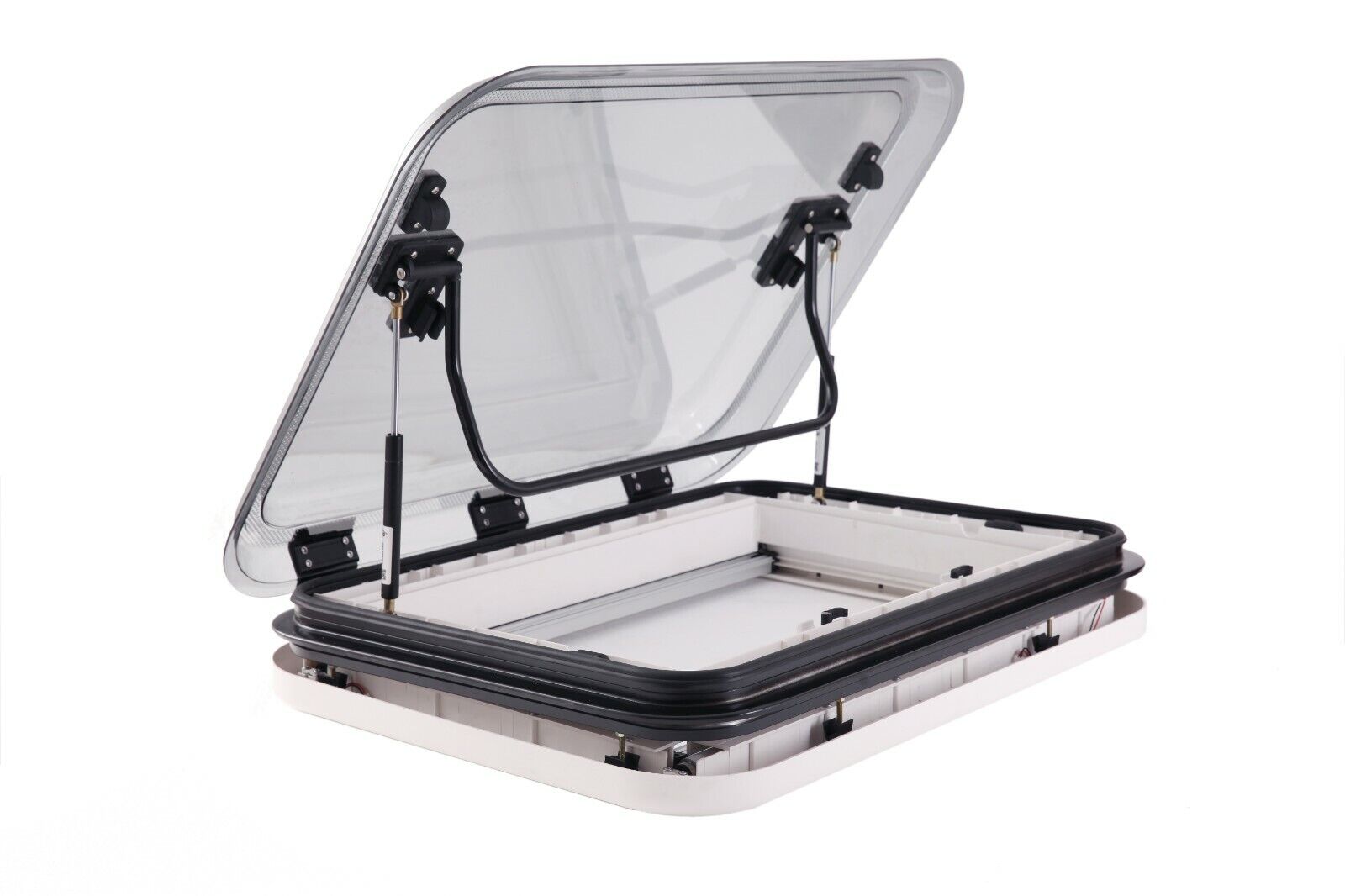Choosing dry toilets (or cassette toilets) for your camper van or motorhome is both ecological and practical: they do not require water or connection, and favor natural composting. However, without the right habits, these toilets can quickly emit unpleasant odors.
In this article, we offer you comprehensive and practical advice to successfully install, maintain, and properly use your van toilets without harming indoor air quality.
- 1. Understanding the roots of odors in dry toilets
- 2. Effectively separating urine: the key to odor-free hygiene
- 3. Choosing the best litter for odor-free compost
- 4. Using suitable water and avoiding odorous materials
- 5. Effective ventilation, the secret to always fresh van toilets
- 6. Complete cleaning: ritualize the cleanliness of your dry toilets
- 7. Expert tips to go further
- 8. Choosing the right equipment on VanLife Store
Our Vanlife layout experts are here for you! Whether you have a question about our products or are looking for advice to transform your van into a true nomadic cocoon, contact us – we will be happy to guide you!
1. Understanding the roots of odors in dry toilets
Bad odors often come from an imbalance between solid matter and urine, or a lack of ventilation in the compartment. Ammonia, resulting from the decomposition of urine, is the main culprit. The first step is therefore to identify the causes: excessive humidity, liquid stagnation, or errors in the use of the litter.
2. Effectively separating urine: the key to odor-free hygiene
Toilets dedicated to high-end motorhomes and vans are often designed with a urine separation system. This feature automatically redirects urine to a dedicated tank, thus limiting moisture in the solid waste area, and especially the gas exchanges responsible for odors. A simple non-separating cassette toilet, although more accessible, will require a bit more vigilance for litter dosing.
3. Choosing the best litter for odor-free compost
The right choice of absorbent material is crucial. Always favor untreated wood chips, hemp, or coarse sawdust, because these materials:
- absorb fluids while allowing air circulation;
- facilitate the natural decomposition of waste;
- reduce ammonia formation.
A good ratio is a layer of 5 to 7 cm, alternating chips and sawdust, to be renewed after each use.
4. Using suitable water and avoiding odorous materials
The water container of your motorhome toilet should be made of rigid food-grade plastic, or better yet, stainless steel. These materials:
- do not retain odors;
- are easy to clean;
- resist scratches and residues.
With a suitable bucket, your maintenance becomes simple and regular upkeep avoids unpleasant surprises.
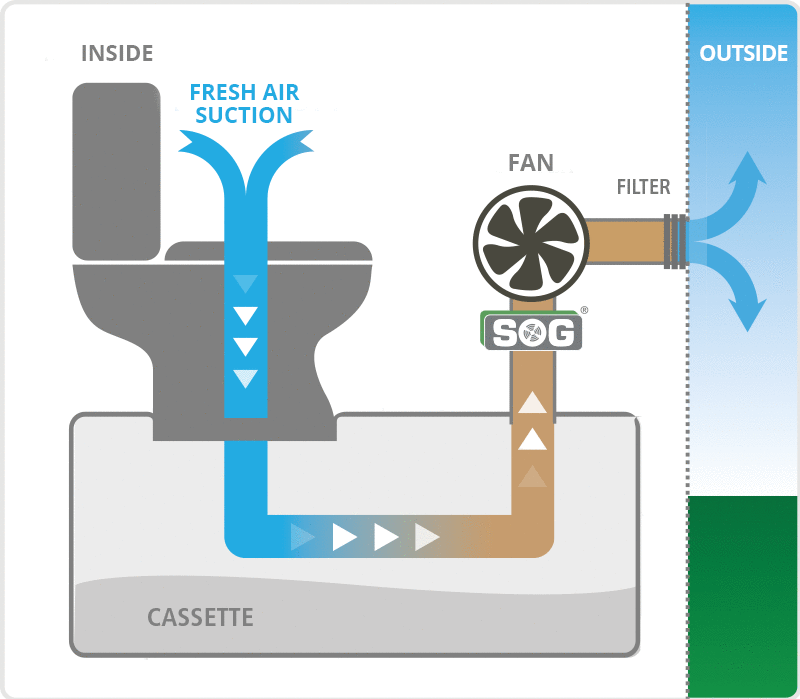
5. Effective ventilation, the secret to always fresh van toilets
Stagnant air promotes the appearance of bad odors. Here are two simple options:
- Passive ventilation: a small discreet grille or a semi-open vent permanently guarantees a minimal airflow.
- Charcoal extractor: easy to install on an existing opening, this type of extractor effectively removes odors thanks to its activated filter.
The ideal is a balanced system, with a fresh air inlet and an exhaust to promote circulation.
6. Complete cleaning: ritualize the cleanliness of your dry toilets
Weekly or bi-weekly cleaning is recommended:
- Empty containers into a compost or authorized natural point;
- Wash with hot water + baking soda or white vinegar to neutralize odors;
- Rinse and dry well before reloading the litter.
Dry water guarantees better absorption and less bacterial growth.
7. Expert tips to go further
Beyond the basics, here are advanced ideas for more comfort:
- Integrate a front flap to avoid splashes on the edges of the bucket;
- Use resistant biodegradable bags for solid waste;
- A few drops of essential oils (lavender, citronella, Scots pine) placed on the litter can offer a pleasant scent;
- Microorganisms for compost accelerate decomposition and enhance the anti-odor effect.
8. Choosing the right equipment on VanLife Store
On Vanlife Store, find the perfect equipment:
- Dry toilets with urine separation;
- Stainless steel or food-grade buckets;
- Carbon filters or SOG extractors;
- Ecological litters: chips, hemp, certified sawdust;
9. For any questions, Vanlife Store supports you
We are a team passionate about vanlife and van layout. With us, every item is field-tested, accompanied by a dedicated guide to ensure successful installation. Our customer feedback attests to the regained comfort and ease of use of our equipment, even after several seasons. For any quote request or information, contact our team .
🏁 Conclusion: enjoy vanlife comfort without compromise
With urine separation, good litter, a suitable bucket, optimal ventilation, and rigorous maintenance, your motorhome toilets will remain fresh and pleasant. Add a few natural tips and you will transform your sanitary space into a clean, breathable, and independent place in any situation.
Find the full range on Vanlife Store. Travel peacefully, breathe freely!
Understanding the roots of odors in dry toilets
Bad odors often come from an imbalance between solid matter and urine, or a lack of ventilation in the compartment. Ammonia, resulting from the decomposition of urine, is the main culprit.
How to effectively separate urine
Toilets dedicated to high-end motorhomes and vans are often designed with a urine separation system. This feature automatically redirects urine to a dedicated tank, thus limiting moisture in the solid waste area, and especially the gas exchanges responsible for odors. A simple non-separating cassette toilet, although more accessible, will require a bit more vigilance for litter dosing.
How to choose the best litter for odor-free compost
The right choice of absorbent material is crucial. Always favor untreated wood chips, hemp, or coarse sawdust, because these materials:
absorb fluids while allowing air circulation;
facilitate the natural decomposition of waste;
reduce ammonia formation.
A good ratio is a layer of 5 to 7 cm, alternating chips and sawdust, to be renewed after each use.
Using suitable water and avoiding odorous materials
The water container of your motorhome toilet should be made of rigid food-grade plastic, or better yet, stainless steel. These materials:
- do not retain odors;
- are easy to clean;
- resist scratches and residues.



